Ontoch Saint Jean-Marc
Overview
Characteristics and classifications
All Reviews (0)
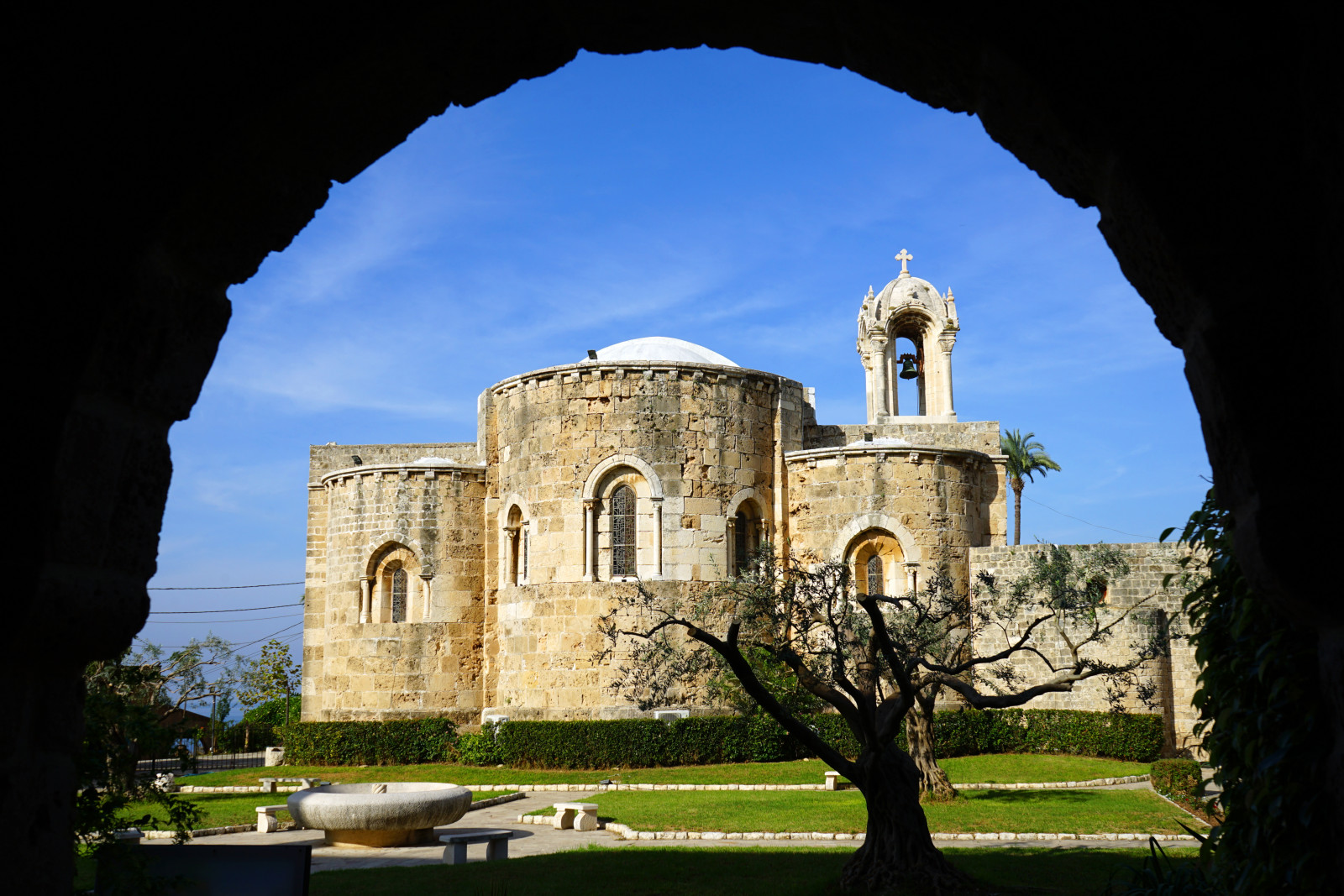
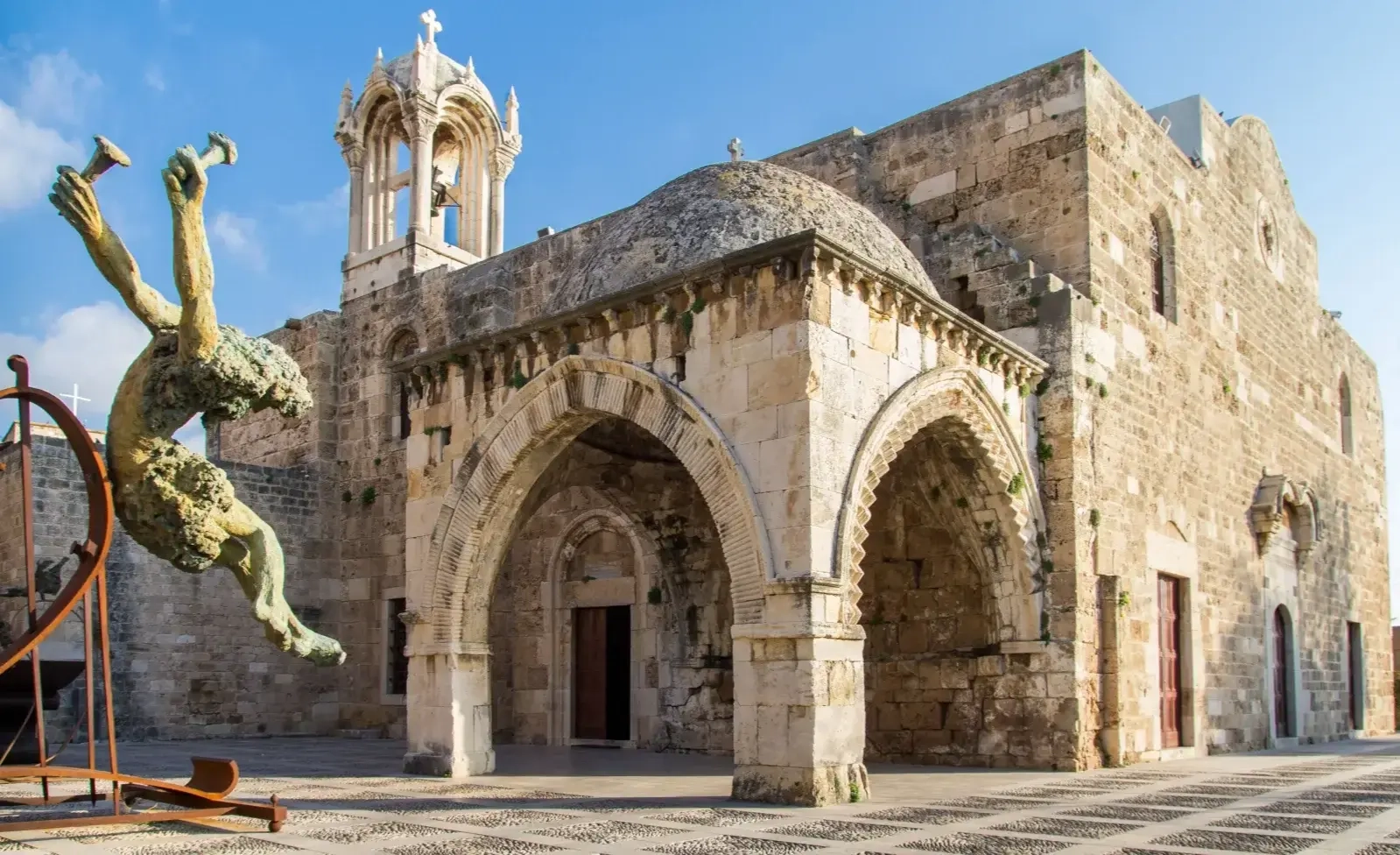
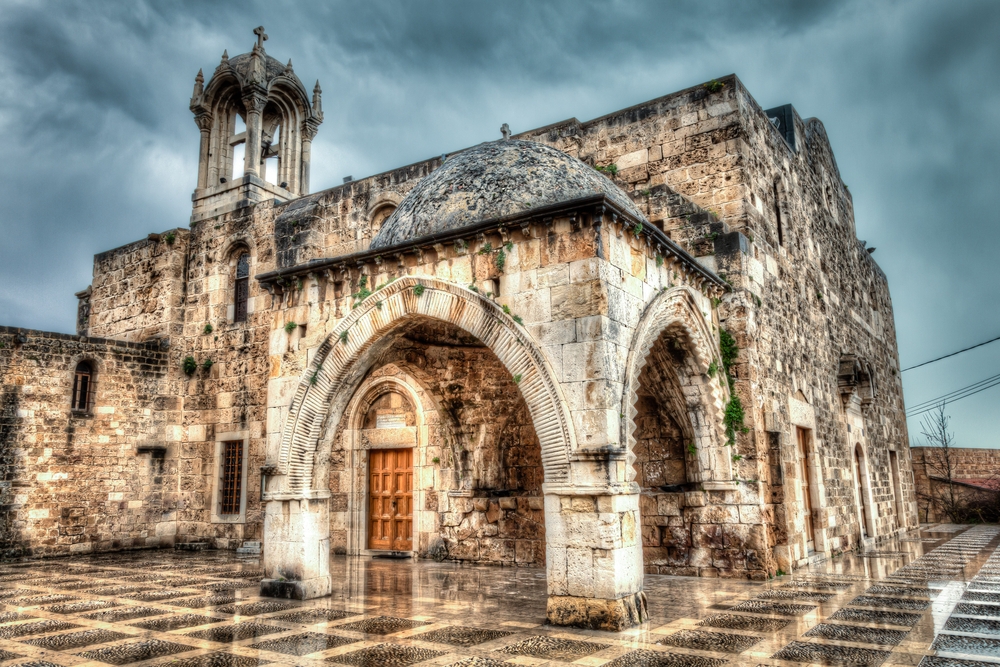
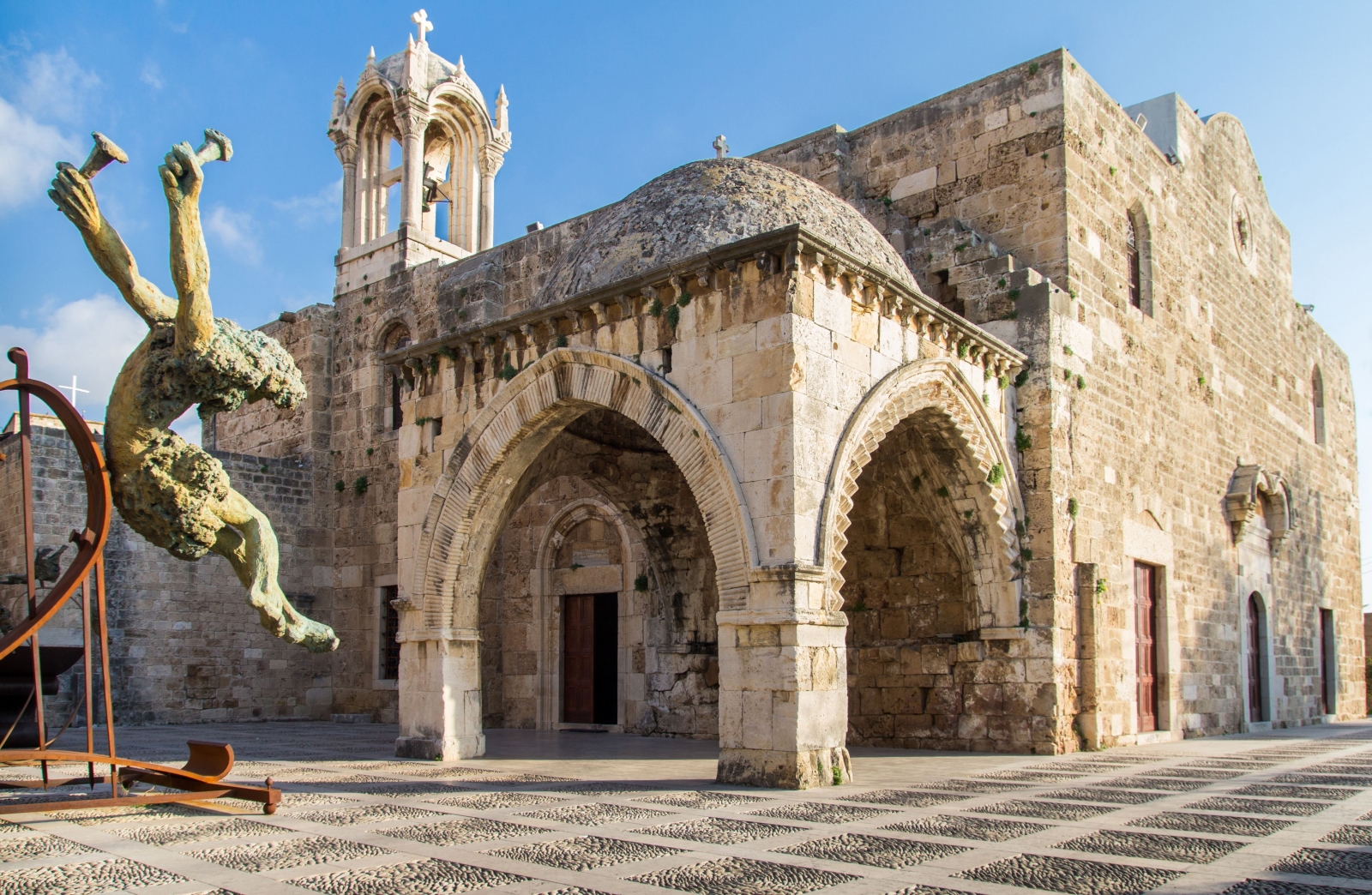
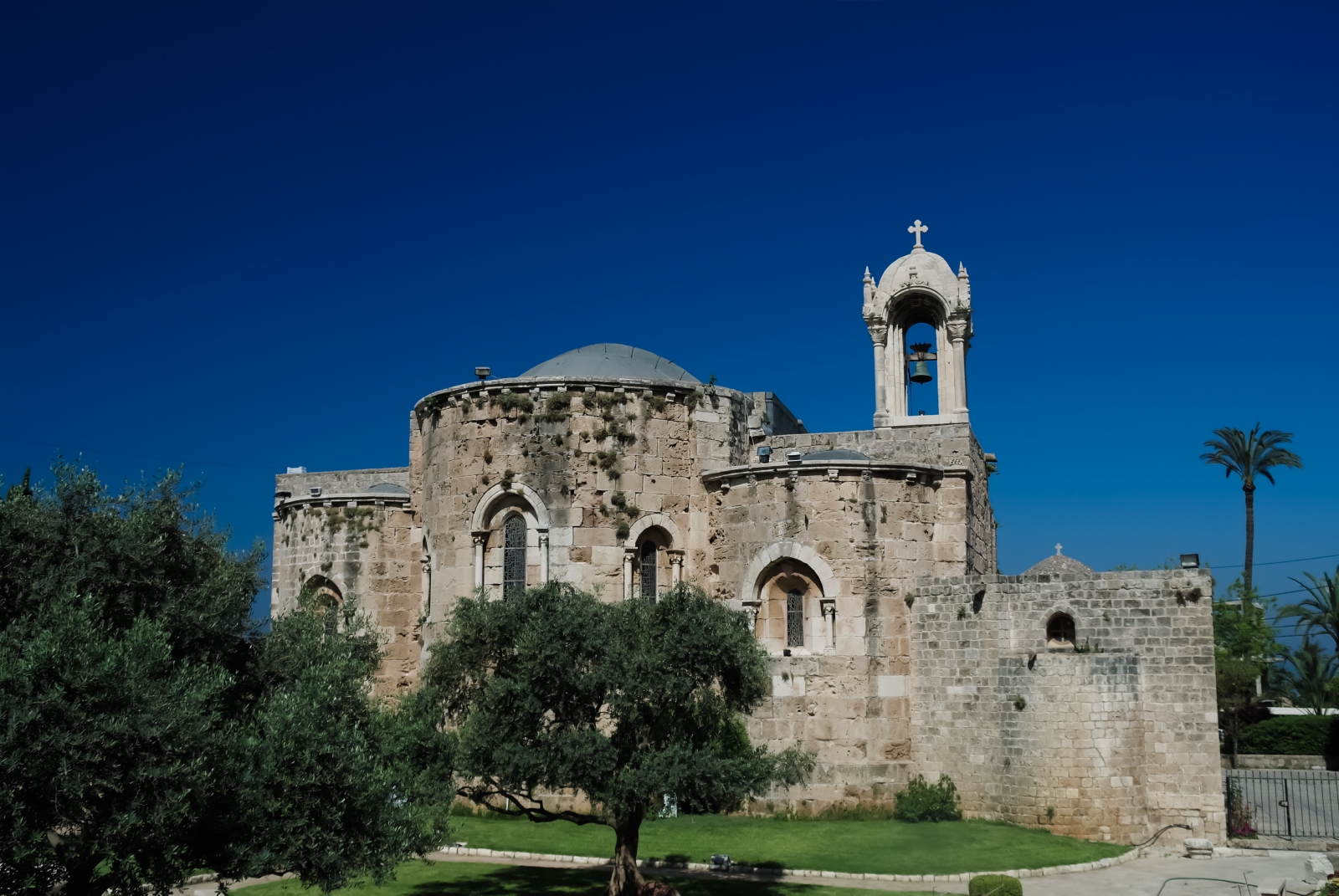
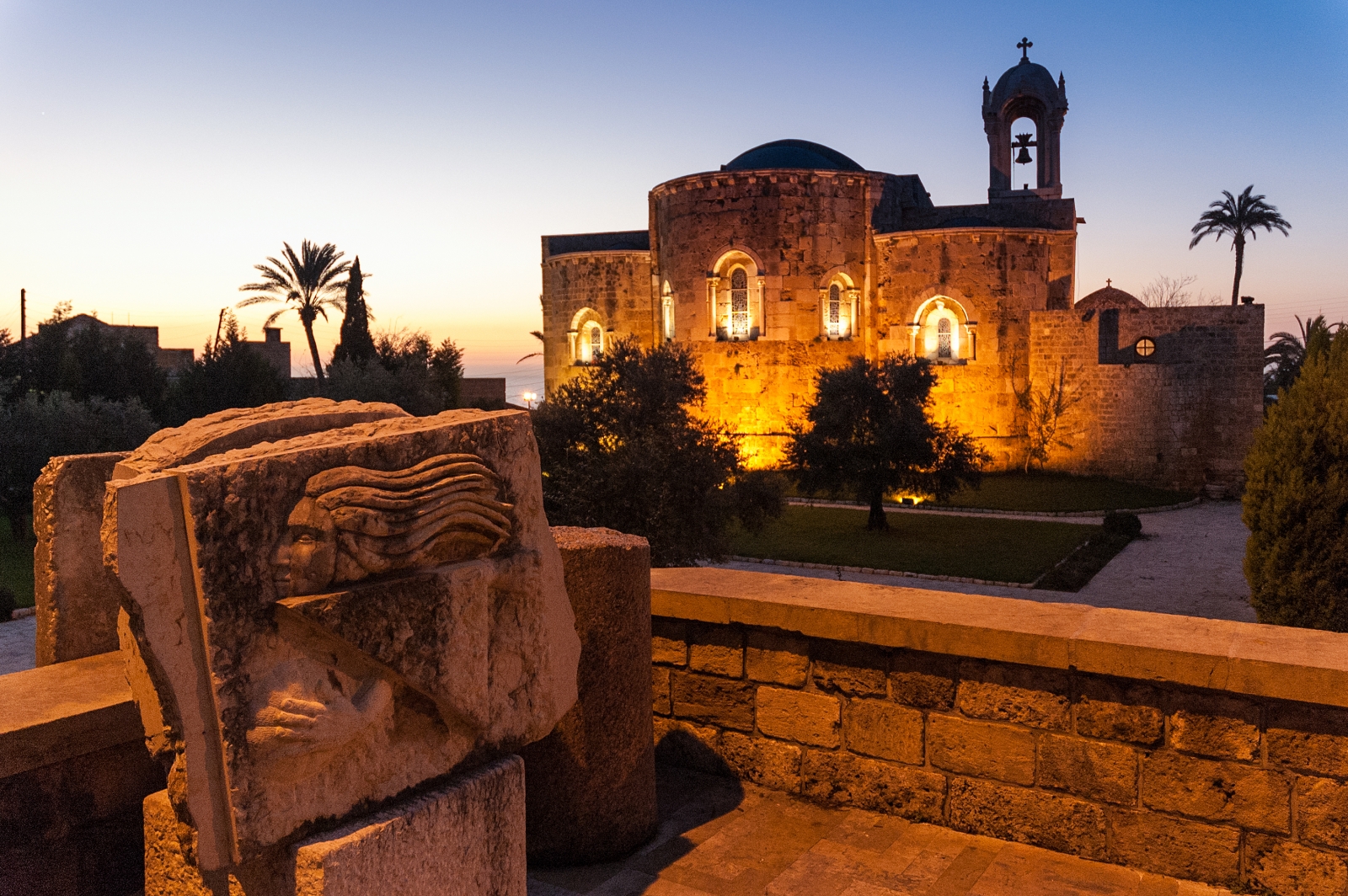
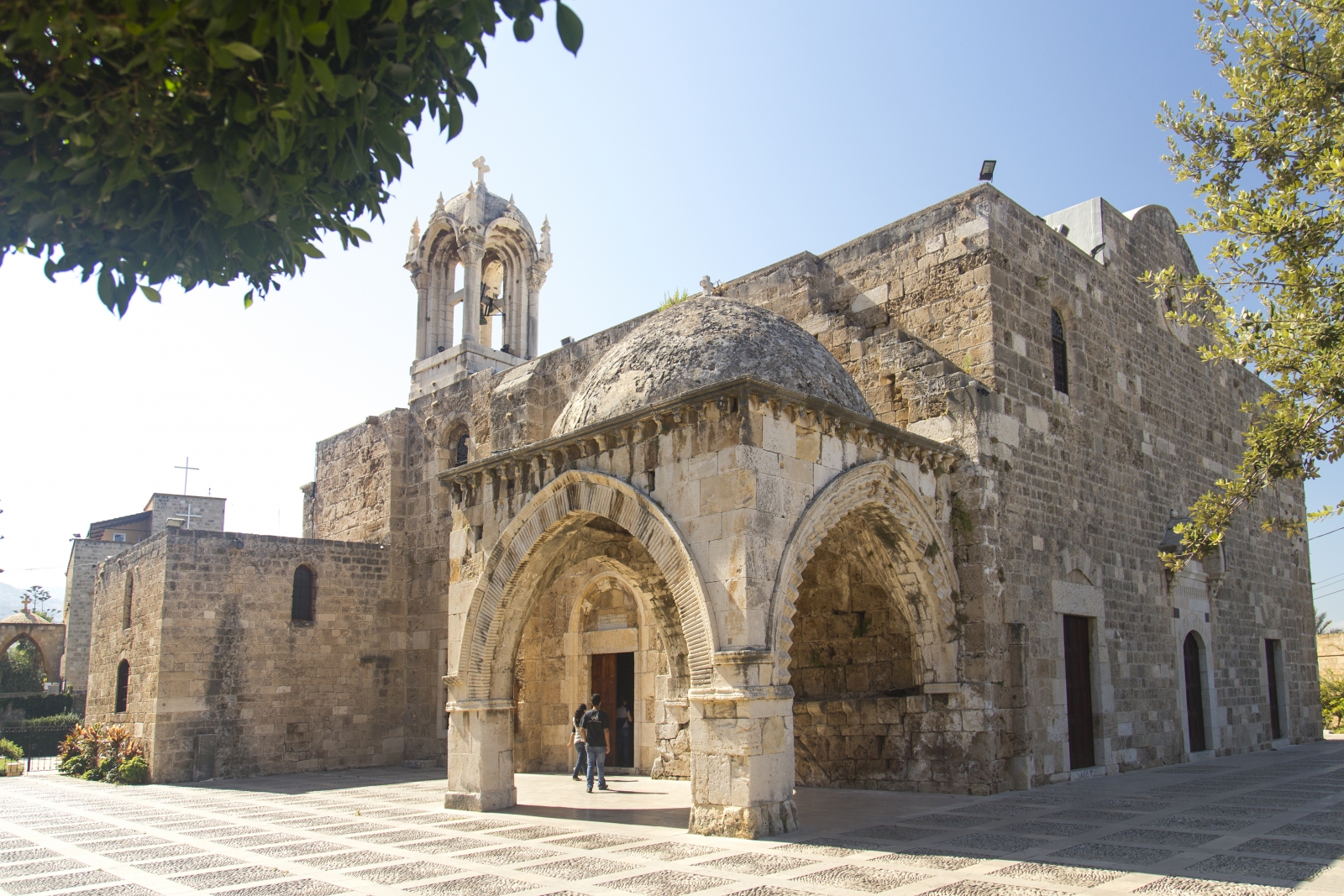
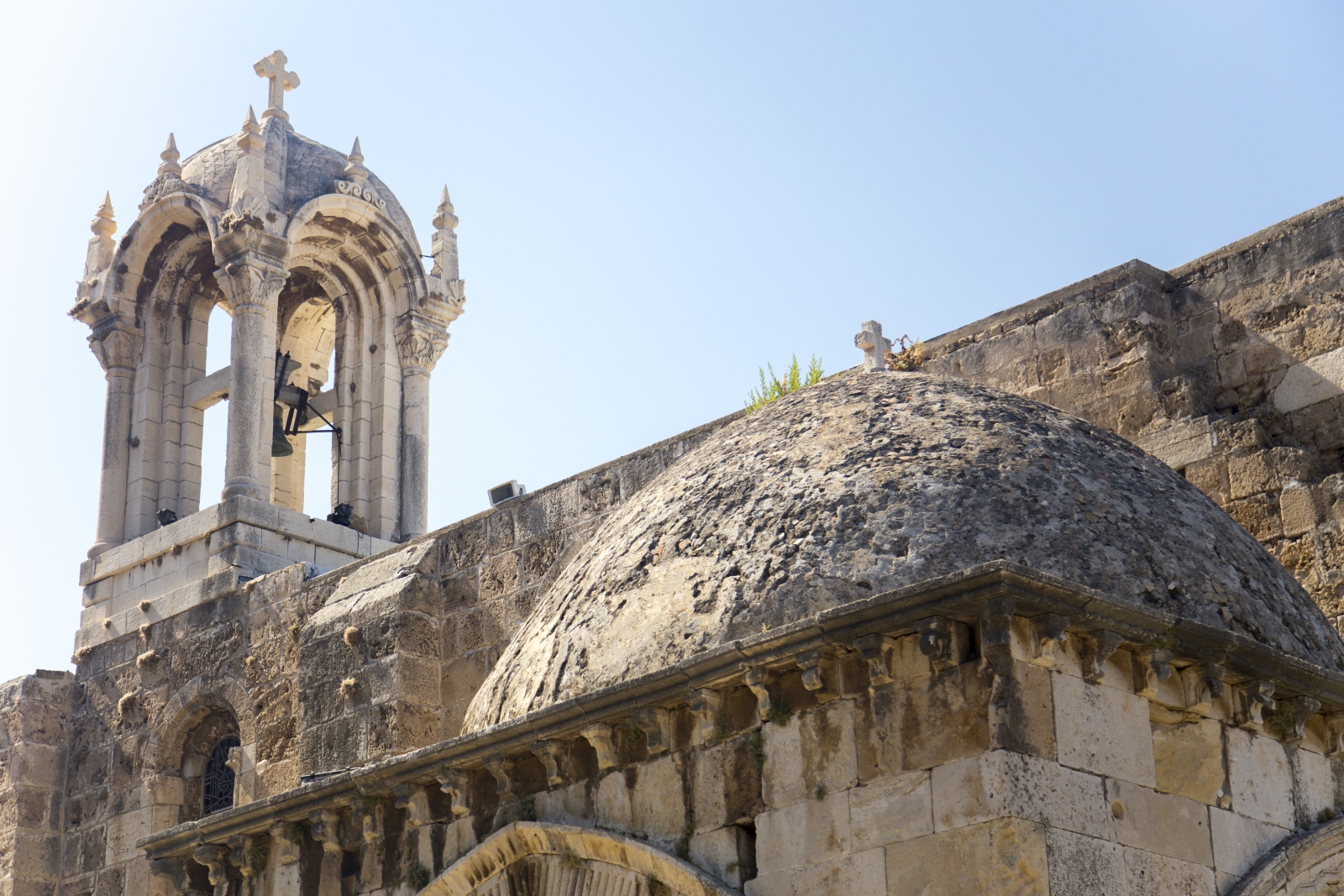
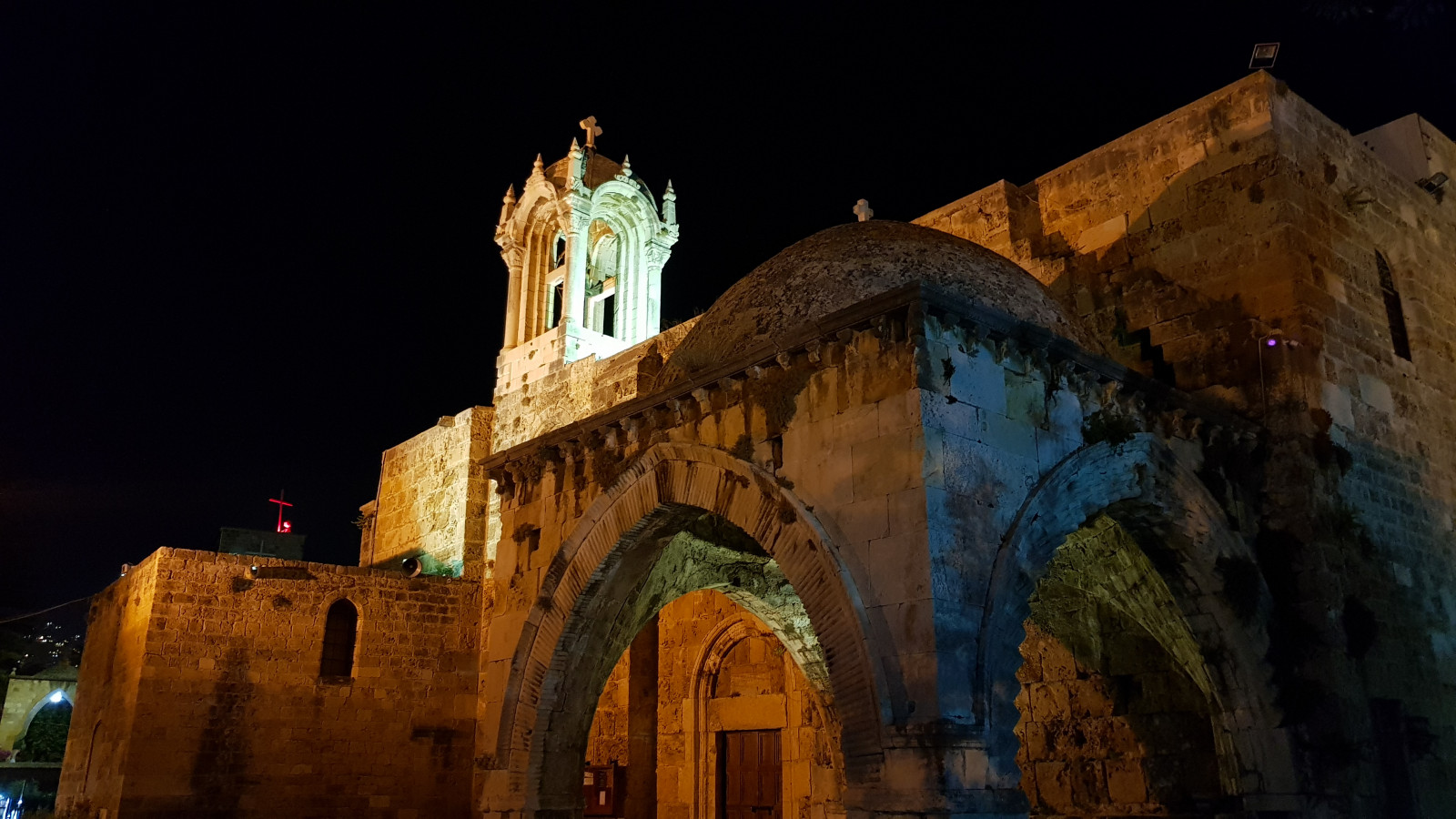
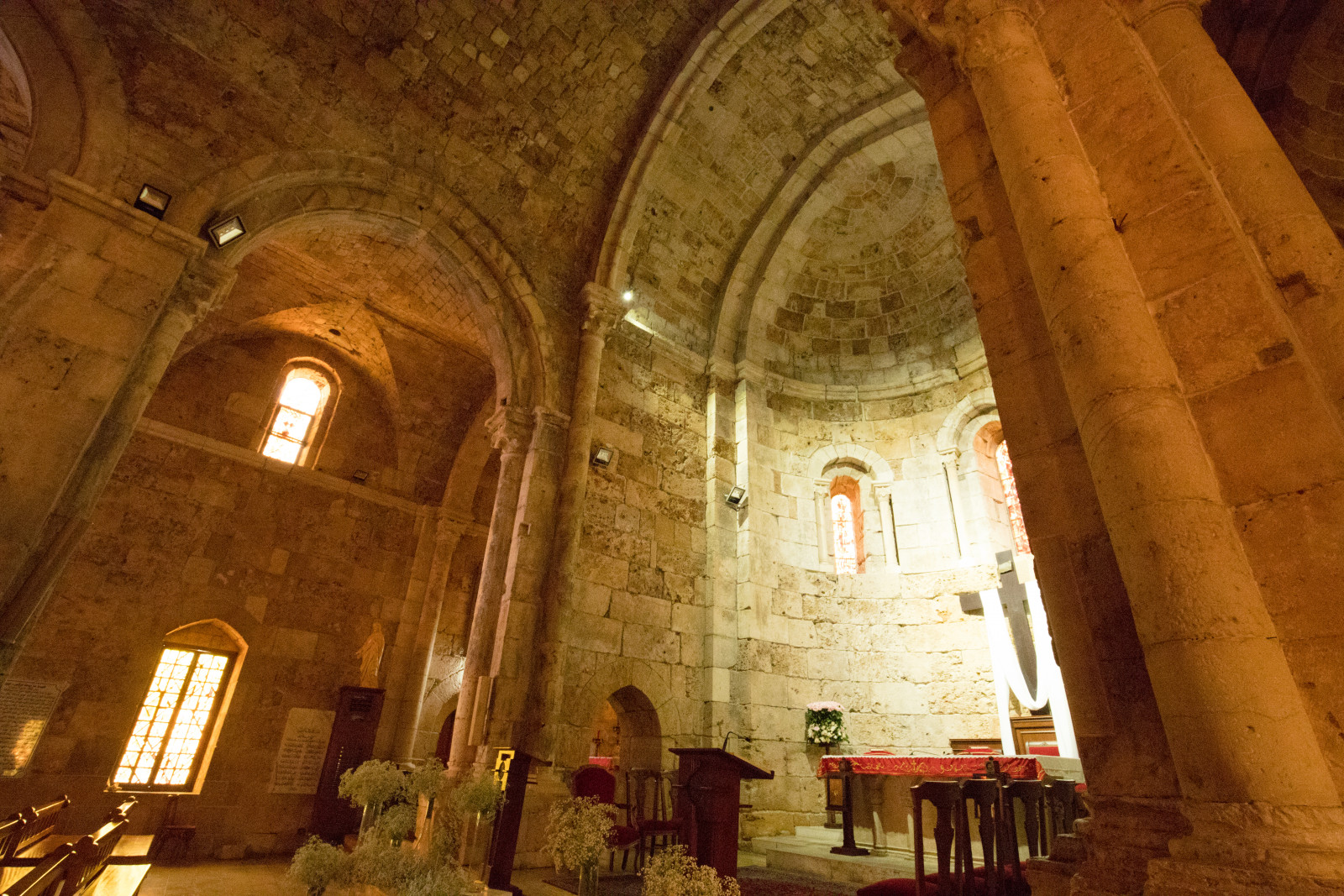

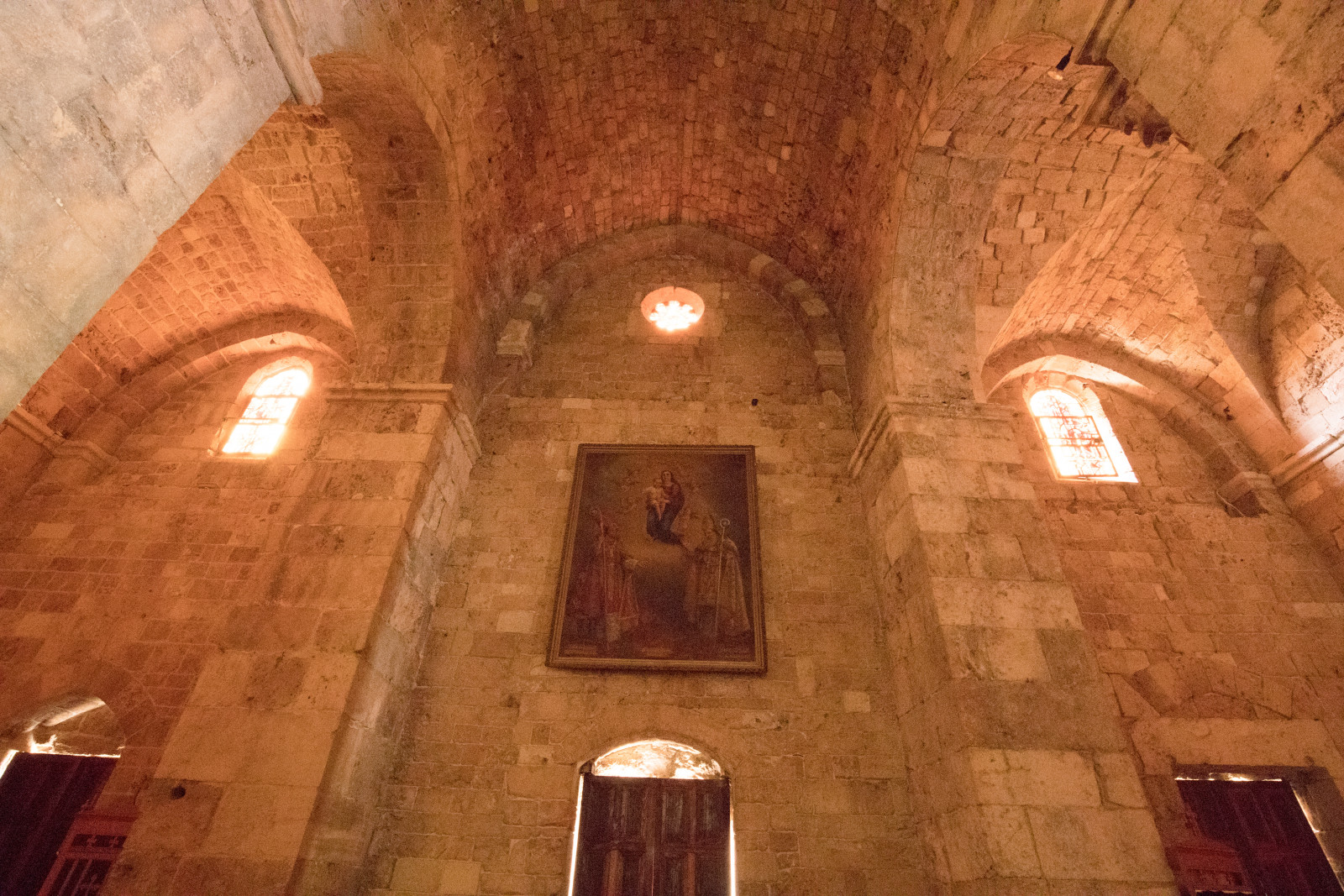

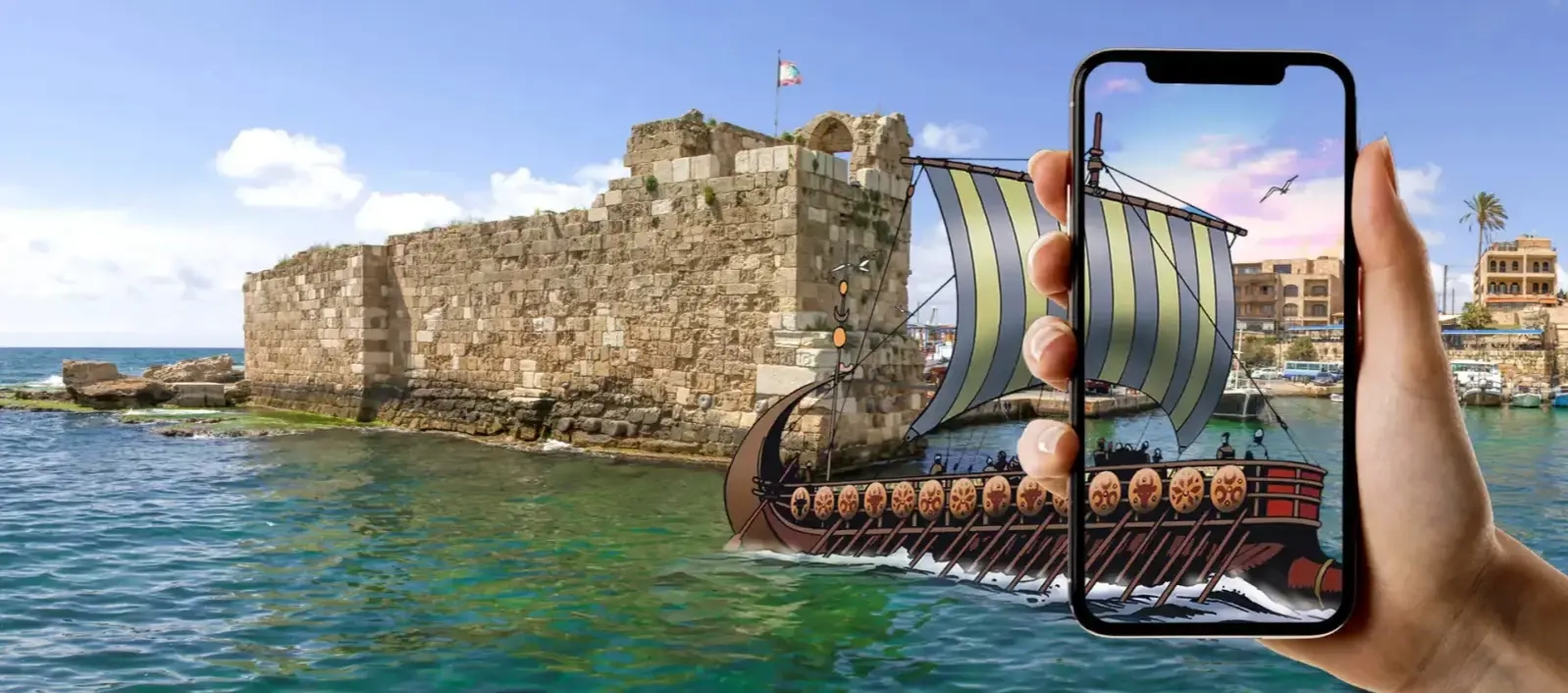
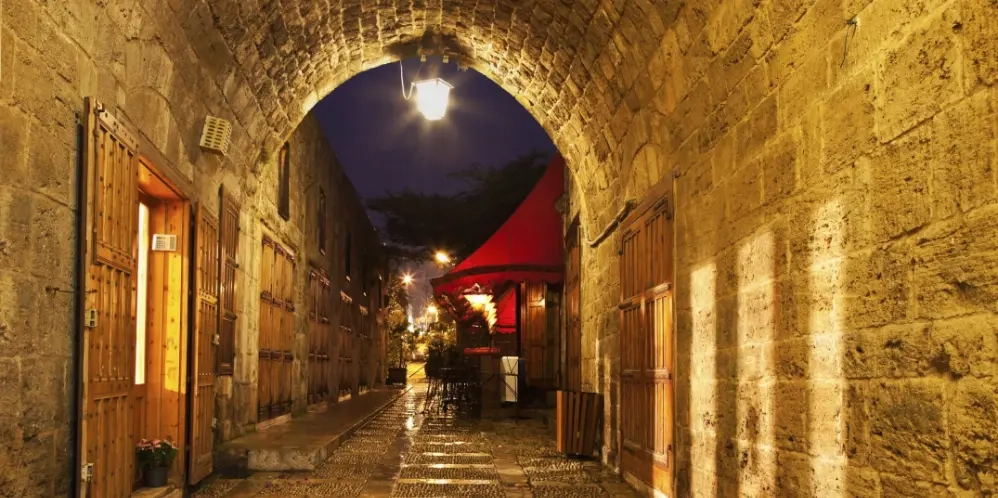
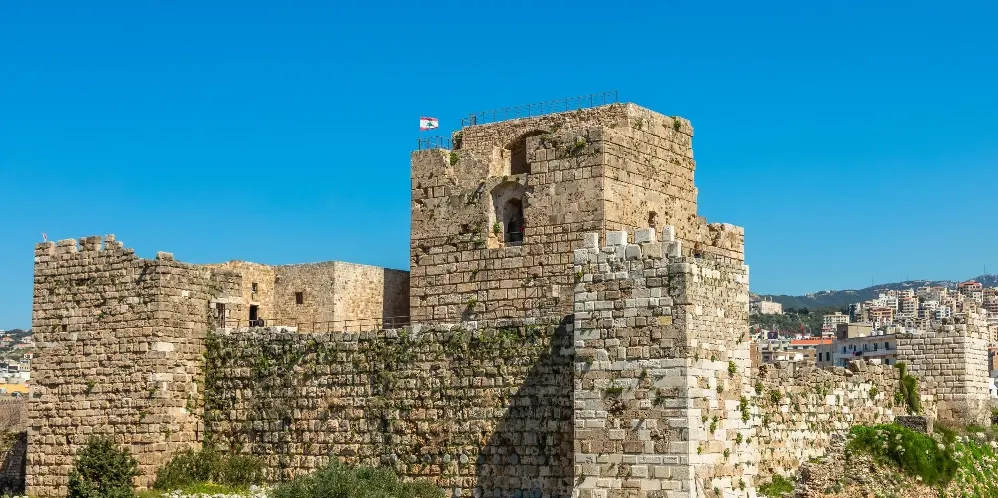



HomeWIKIMOOVReligious sites Leaflet

Guided Tour of the Old Souk of Byblos – Where Ancient Stones Meet Living Traditions

Discovering the archaeological site of Byblos
Art & CultureBlogOut & AboutIndulgeThe Great OutdoorsA Word from the ExpertsHeritagePersonalized tripWIKIMOOVExperiencesEventsTrailsFind a GuideMagazineCraft & Local ProductsCulture & HeritageFood & DrinksAccomodationLeisure & EntertainmentNatureOutdoor Activities CentersReligious sitesSnow Activities CentersFamous & useful placesWater Activities CenterWellbeingBusiness PlatformJoin MOOVTOOBecome a MOOVTOO guideBecome a MOOVTOO HostI've read and I accept MOOVTOO's Privacy and Cookie Policy What is MOOVTOO ?PartnersContact usFAQLegal MentionsData Protection PolicyTerms and Conditions
What is MOOVTOO ?PartnersContact usFAQLegal MentionsData Protection PolicyTerms and Conditions